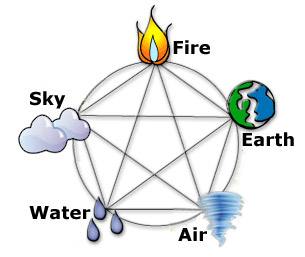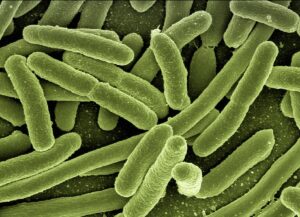Every country measures its economy by GDP or Gross Domestic Product, a measure of all the products and services produced in the country regardless of the impact on existing natural resources and the environment. In the last 200 years, the population of the world quadrupled from about two billion to the current eight billion. A post-industrial revolution created a fossil fuel based consumerist economy that ravaged the natural capital and biodiversity of our living planet.
Our oceans are devoid of fish, our soil is degraded, our air polluted, our energy production uses brute force to spew out more CO2 and methane into the air, our space is littered with debris, and in the name of climate change startups are armed to mine the moon for precious metals. In a nutshell, all activities good or bad are captured as GDP, wherein an ascending high number signifies progress – ironically and tragically captured under the umbrella of “climate change”.
It is a tribute to the wisdom of our ancient seers as well as the modern-day climate scientists and marine biologists that citizens of the world are now shouting from the rooftops that something be done. The litmus test for protecting our living planet comes down to measuring five of the basic elements that together form this earth as well as our own bodies; water, soil, air, energy (fire), and space. We need a simple metric for each of these elements, nothing complex. Every citizen of the world needs to understand what we are measuring and what we are trying to manage. This is no different than a human being interpreting his blood report to manage his cholesterol, blood pressure, or sugar level and taking appropriate measures to manage his health.
Two thirds of our planet is water; therefore, we need a metric to show the number of diverse big and small fish by square mile versus an ideal target. It is the complex web of marine life that makes the ocean a carbon sink. Soil should be measured by the percentage of soil organic carbon. Air should be measured by CO2 parts per million. Energy should be measured by the percentage that is carbon free. Space should be measured by its debris and allowable minerals that can be mined from the moon, although a moratorium on moon mining is a better option. Moon is the stabilizer of planet earth with several mystical, scientific, and astrological phenomena that are yet to be fully understood.
The above metrics may need to be integrated with the key elements from the Living Planet Report/Index published by the World Wildlife Fund (WWF) along with key partners such as Zoological Society London (ZSL) on the loss of biodiversity. If people understand GDP, we certainly can develop a simple formula based on all the above. Social media should be utilized to communicate such data in a simple and a user-friendly manner.
Super Microbes
Several examples are abundant in this regard; new innovations in the discovery of several microbes are helping us grow several things in the lab such as meat, bricks, cement, cotton, coffee, leather, diamonds, extraction of precious metals from used gadgets and so on. Microbes are being studied for eating up toxic waste, creating batteries for electric vehicles, and even generating electricity. High resource use items are shifting to the lab thereby lowering land and water footprint and reducing greenhouse gas emissions.
Novel nature-based solutions can repair the ozone – such as the peepul tree (Ficus Religiosa) that releases isoprene. Green composites can replace almost all metals and plastics. Increasing the population of whales can multiply the growth of phytoplanktons that absorb CO2. Clean tech and natural solutions will accelerate and create a healthier world. All this will happen if we shift focus from GDP and instead start safeguarding and measuring each of the five earth elements.
All human behavior is influenced by what we measure and what we manage – the proposed metrics potentially influence innovations to proceed in the right direction. Uniting economics with climate science assures wholesome progress. Hopefully, this framework serves as an example for the young leaders of tomorrow to carry forward a meaningful dialogue at a national and a global level.
Ram Ramprasad worked as a Marketing Director for a Fortune 100 company in the United States of America












